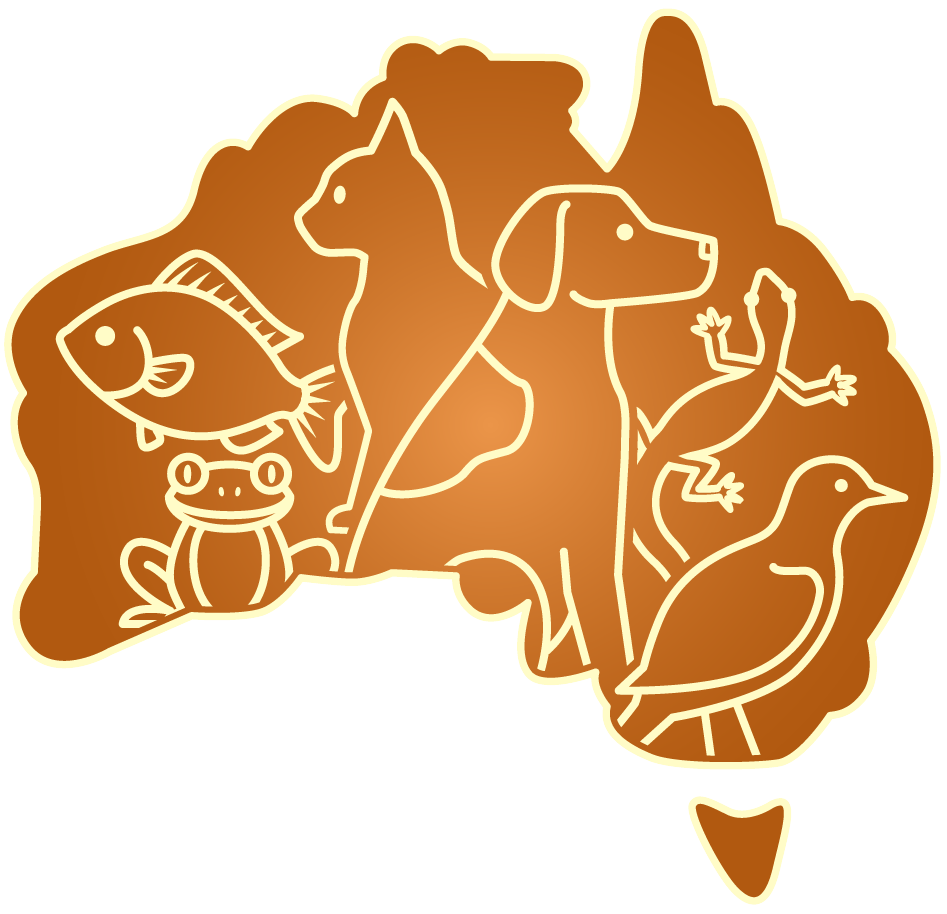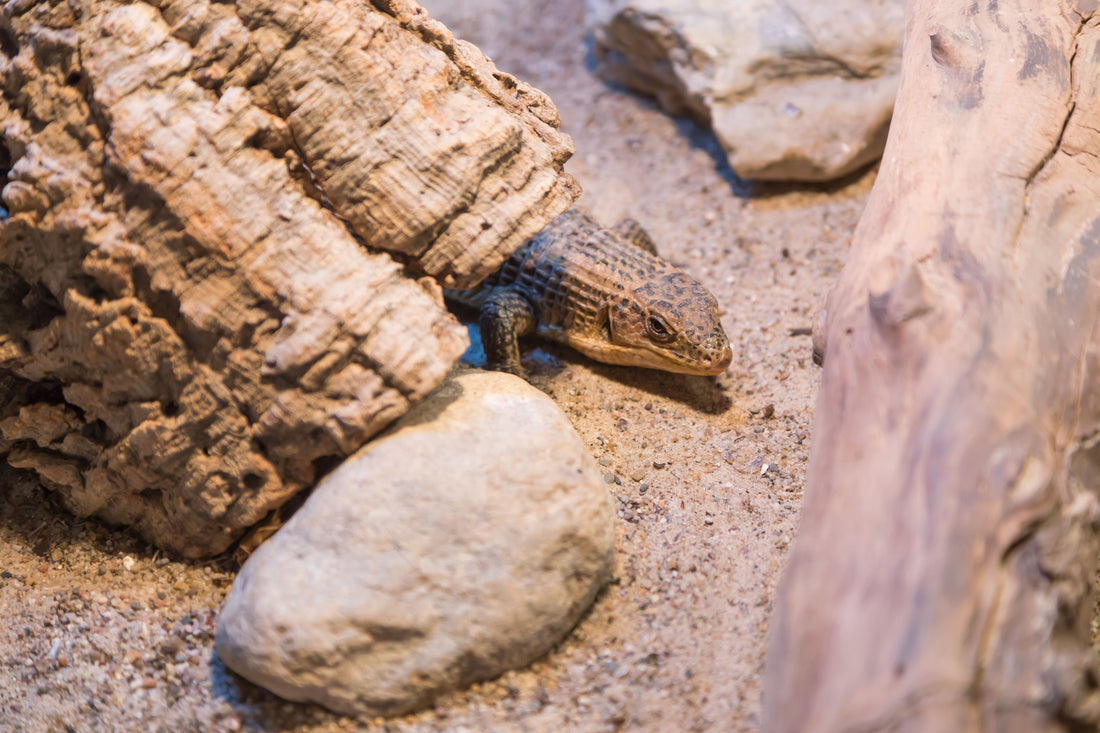Caring for reptiles is an intricate task that requires meticulous attention to detail. One such detail, often overlooked but vital to the health and happiness of your reptilian friend, is the choice of substrate. In Australia, with our vast array of native reptiles and specific climatic conditions, choosing the correct substrate is even more crucial. Let's delve into the various substrates available and which reptiles they're best suited for.
What is a Substrate?
In simple terms, the substrate is the bedding or ground covering that you place at the bottom of your reptile's enclosure. It plays several roles: providing comfort, aiding in humidity control, absorbing waste, and creating a conducive environment that mimics the reptile's natural habitat.
Factors to Consider When Choosing a Substrate
-
Humidity needs: Some reptiles, like tropical species, require high humidity levels, while desert species need it drier.
-
Digestion concerns: Reptiles, especially young ones, may accidentally ingest their substrate. The wrong choice can lead to impaction, a severe digestive blockage.
-
Cleaning: Ease of cleaning the substrate can greatly influence the hygiene of the enclosure.
-
Aesthetics: How natural you want the enclosure to look can also influence substrate choice.
Popular Substrate Choices and Their Ideal Reptilian Matches
-
Sand:
- Best for: Desert species like bearded dragons and some geckos.
- Pros: Natural look, easy to spot clean.
- Cons: Risk of impaction if ingested, can become compacted over time.
-
Australian tip: Make sure to use a fine, reptile-safe sand. Avoid calcium sands, especially for juveniles.
-
Paper or Newspaper:
- Best for: Snake species, such as the Australian python.
- Pros: Cheap, easy to change, and replace.
- Cons: Doesn't look natural, no burrowing opportunities.
-
Australian tip: Use unscented, ink-free paper to avoid exposing reptiles to toxins.
-
Reptile Carpet:
- Best for: Bearded dragons, skinks, and other ground dwellers.
- Pros: Reusable, reduces risk of impaction.
- Cons: Must be cleaned and disinfected regularly.
-
Australian tip: Keep a spare to rotate during cleaning.
-
Bark or Wood Chips:
- Best for: Arboreal species like tree snakes and some geckos.
- Pros: Natural appearance, good for species that require added humidity.
- Cons: Potential ingestion risk, mould growth if not dried properly.
-
Australian tip: Use eucalyptus or cypress mulch available in local pet stores. Avoid pine and cedar as they contain harmful oils.
-
Coco Coir or Peat Moss:
- Best for: Tropical species like rainforest skinks or pythons.
- Pros: Retains moisture well, looks natural.
- Cons: Can get messy, needs regular replacement.
-
Australian tip: Ensure it's free from added chemicals or fertilisers.
-
Slate or Stone:
- Best for: Desert species and some turtles.
- Pros: Easy to clean, retains heat, looks natural.
- Cons: Heavy, can be abrasive.
-
Australian tip: Smooth-edged stones are best to prevent injury.
-
Aspen Shavings:
- Best for: Many snake species.
- Pros: Lightweight, easy to spot clean, allows burrowing.
- Cons: Can be dusty, potential impaction risk.
-
Australian tip: Make sure the shavings are free from mites.
The diversity of reptiles in Australia, from the Blue-Tongue Lizard to the Green Tree Python, means that pet owners here need to be especially conscious of their substrate choices. While aesthetics play a role, the health and happiness of your pet should always be the top priority.
By understanding the natural habitats and behaviours of these incredible creatures, we can make informed decisions about the best substrate for our unique Australian reptiles. Remember, always be open to adjusting your choice as you observe your pet's behaviours and preferences. Should you ever be in doubt, our store offers a wide range of substrates specifically tailored for the Aussie reptile enthusiast. Dive in, and let's make our reptilian companions' homes as comfortable as possible!

